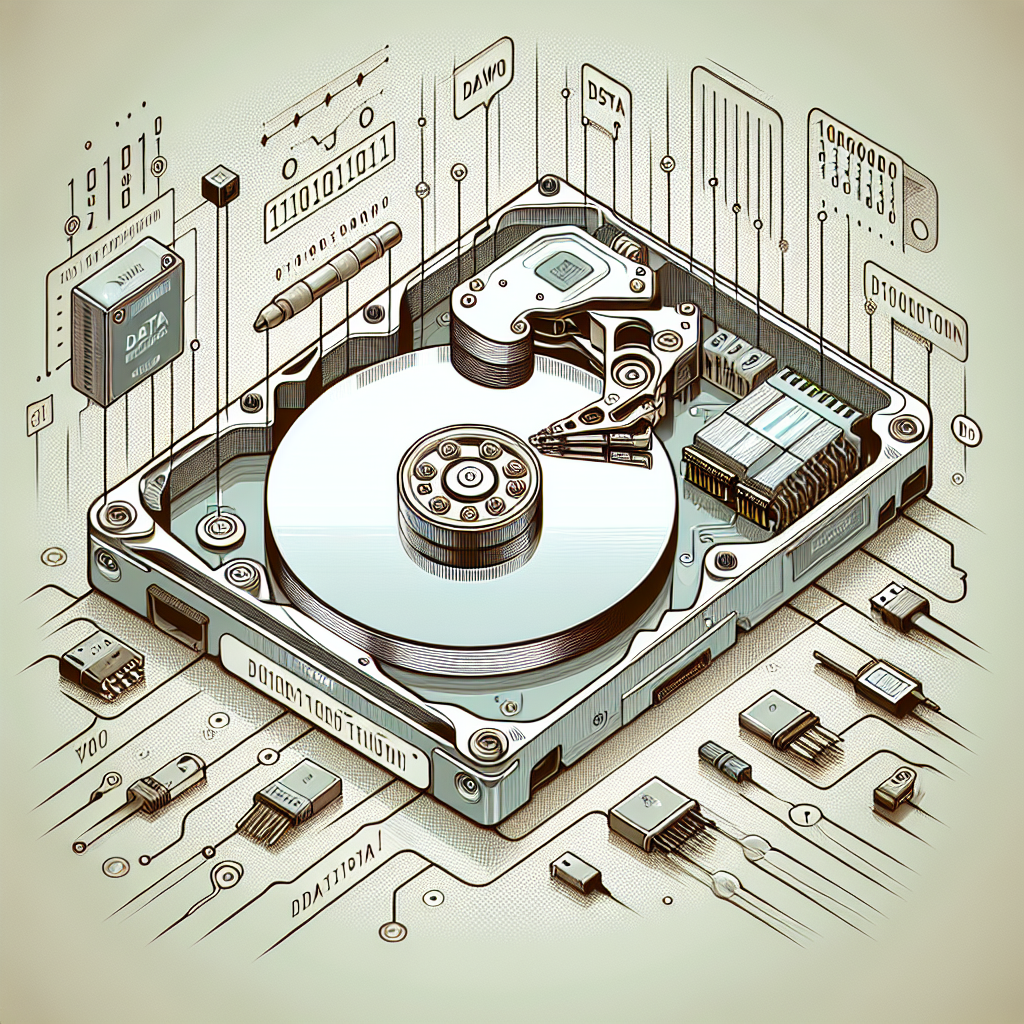A Comprehensive Overview of SATA Technology: What You Need to Know
SATA (Serial Advanced Technology Attachment) technology is a widely used interface for connecting storage devices like hard drives and solid-state drives (SSDs) to a computer. It has become the standard for most consumer and enterprise storage solutions due to its high performance, reliability, and cost-effectiveness. In this article, we will provide a comprehensive overview of SATA technology, including its history, features, benefits, and compatibility.
History of SATA Technology
SATA technology was first introduced in 2003 as a replacement for the older Parallel ATA (PATA) interface. PATA had limitations in terms of speed and cable length, which made it less suitable for modern storage devices. SATA, on the other hand, offered higher data transfer rates, longer cable lengths, and better compatibility with newer storage technologies like SSDs.
Features of SATA Technology
SATA technology has evolved over the years to keep up with the increasing demands of storage devices. Some of the key features of SATA technology include:
1. Data transfer rates: SATA interfaces come in different versions, each offering varying speeds. The latest SATA revision, SATA 3.0, supports data transfer rates of up to 6 Gbps, making it ideal for high-performance storage devices.
2. Hot-swapping: SATA devices can be hot-swapped, meaning they can be connected or disconnected from a computer without shutting it down. This feature is particularly useful in enterprise environments where constant access to data is crucial.
3. Power management: SATA devices support advanced power management features, allowing them to consume less power when idle or in low-use states. This helps to reduce energy consumption and extend the lifespan of the storage device.
4. Compatibility: SATA technology is backward compatible, meaning newer SATA devices can be used with older SATA interfaces. This makes it easy to upgrade storage devices without having to replace the entire system.
Benefits of SATA Technology
There are several benefits to using SATA technology for storage solutions, including:
1. Cost-effectiveness: SATA interfaces are relatively inexpensive compared to other storage interfaces, making them a cost-effective option for both consumer and enterprise environments.
2. High performance: SATA interfaces offer fast data transfer rates, making them suitable for high-performance storage devices like SSDs. This allows for quick access to data and improved system responsiveness.
3. Reliability: SATA technology is known for its reliability and durability, making it a popular choice for mission-critical applications where data integrity is essential.
4. Ease of use: SATA interfaces are easy to install and configure, making them suitable for users with little technical expertise. This plug-and-play functionality ensures a hassle-free setup process for storage devices.
Compatibility of SATA Technology
SATA technology is widely supported across different computer platforms, including Windows, Mac, and Linux. Most modern motherboards come with SATA interfaces built-in, allowing users to easily connect SATA storage devices without the need for additional hardware.
In conclusion, SATA technology has revolutionized the way we store and access data on our computers. With its high performance, reliability, and cost-effectiveness, SATA interfaces have become the standard for storage solutions in both consumer and enterprise environments. Whether you’re looking to upgrade your existing storage devices or build a new system from scratch, SATA technology offers a comprehensive solution that meets your storage needs.


